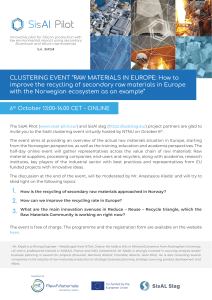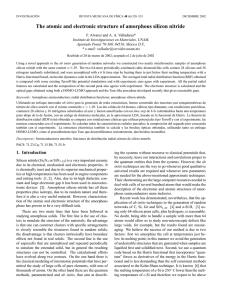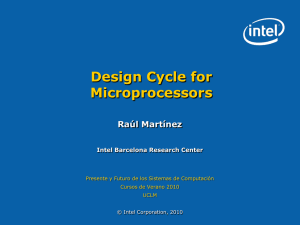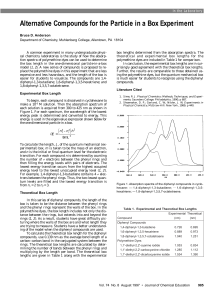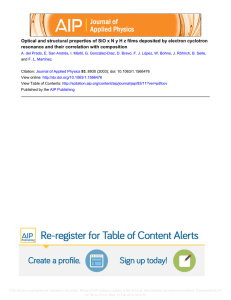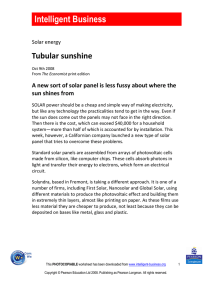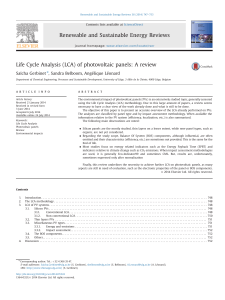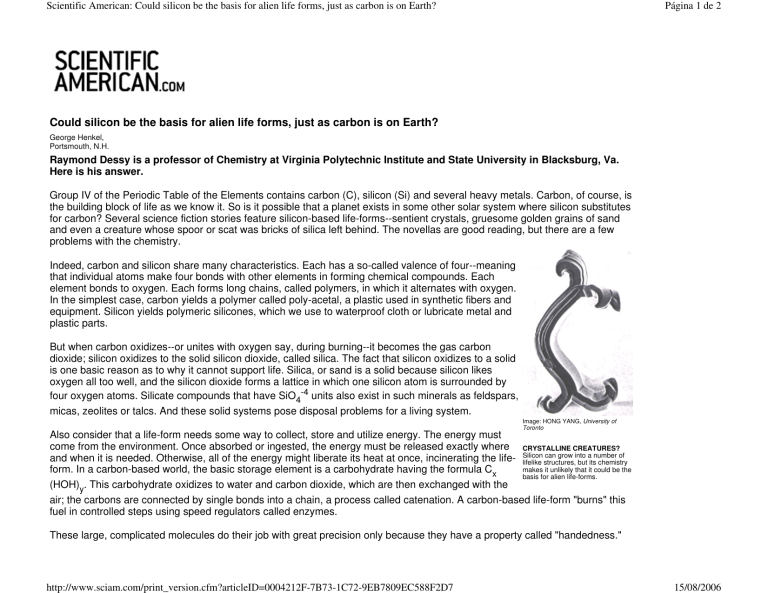
Scientific American: Could silicon be the basis for alien life forms, just as carbon is on Earth? Página 1 de 2 Could silicon be the basis for alien life forms, just as carbon is on Earth? George Henkel, Portsmouth, N.H. Raymond Dessy is a professor of Chemistry at Virginia Polytechnic Institute and State University in Blacksburg, Va. Here is his answer. Group IV of the Periodic Table of the Elements contains carbon (C), silicon (Si) and several heavy metals. Carbon, of course, is the building block of life as we know it. So is it possible that a planet exists in some other solar system where silicon substitutes for carbon? Several science fiction stories feature silicon-based life-forms--sentient crystals, gruesome golden grains of sand and even a creature whose spoor or scat was bricks of silica left behind. The novellas are good reading, but there are a few problems with the chemistry. Indeed, carbon and silicon share many characteristics. Each has a so-called valence of four--meaning that individual atoms make four bonds with other elements in forming chemical compounds. Each element bonds to oxygen. Each forms long chains, called polymers, in which it alternates with oxygen. In the simplest case, carbon yields a polymer called poly-acetal, a plastic used in synthetic fibers and equipment. Silicon yields polymeric silicones, which we use to waterproof cloth or lubricate metal and plastic parts. But when carbon oxidizes--or unites with oxygen say, during burning--it becomes the gas carbon dioxide; silicon oxidizes to the solid silicon dioxide, called silica. The fact that silicon oxidizes to a solid is one basic reason as to why it cannot support life. Silica, or sand is a solid because silicon likes oxygen all too well, and the silicon dioxide forms a lattice in which one silicon atom is surrounded by four oxygen atoms. Silicate compounds that have SiO4-4 units also exist in such minerals as feldspars, micas, zeolites or talcs. And these solid systems pose disposal problems for a living system. Image: HONG YANG, University of Toronto Also consider that a life-form needs some way to collect, store and utilize energy. The energy must come from the environment. Once absorbed or ingested, the energy must be released exactly where CRYSTALLINE CREATURES? can grow into a number of and when it is needed. Otherwise, all of the energy might liberate its heat at once, incinerating the life- Silicon lifelike structures, but its chemistry makes it unlikely that it could be the form. In a carbon-based world, the basic storage element is a carbohydrate having the formula Cx basis for alien life-forms. (HOH)y. This carbohydrate oxidizes to water and carbon dioxide, which are then exchanged with the air; the carbons are connected by single bonds into a chain, a process called catenation. A carbon-based life-form "burns" this fuel in controlled steps using speed regulators called enzymes. These large, complicated molecules do their job with great precision only because they have a property called "handedness." http://www.sciam.com/print_version.cfm?articleID=0004212F-7B73-1C72-9EB7809EC588F2D7 15/08/2006 Scientific American: Could silicon be the basis for alien life forms, just as carbon is on Earth? Página 2 de 2 When any one enzyme "mates" with compounds it is helping to react, the two molecular shapes fit together like a lock and key, or a shake of hands. In fact, many carbon-based molecules take advantage of right and left-hand forms. For instance, nature chose the same stable six-carbon carbohydrate to store energy both in our livers (in the form of the polymer called glycogen) and in trees (in the form of the polymer cellulose). Glycogen and cellulose differ mainly in the handedness of a single carbon atom, which forms when the carbohydrate polymerizes, or forms a chain. Cellulose has the most stable form of the two possibilities; glycogen is the next most stable. Because humans don't have enzymes to break cellulose down into its basic carbohydrate, we cannot utilize it as food. But many lower life-forms, such as bacteria, can. ADVERTISEMENT In short, handedness is the characteristic that provides a variety of biomolecules with their ability to recognize and regulate sundry biological processes. And silicon doesn't form many compounds having handedness. Thus, it would be difficult for a silicon-based life-form to achieve all of the wonderful regulating and recognition functions that carbon-based enzymes perform for us. All the same, chemists have worked tirelessly to create new silicon compounds, ever since Frederic Stanley Kipping (18631949) showed that some interesting ones could be made. The highest international prize in the silicon area is called the Kipping Award. But despite years of work--and despite all the reagents available to the modern alchemist--many silicon analogs of carbon compounds just cannot be formed. Thermodynamic data confirm these analogs are often too unstable or too reactive. It is possible to think of micro- and nano-structures of silicon; solar-powered silicon forms for energy and sight; a silicone fluid that could carry oxidants to contracting muscle-like elements made of other silicones; skeletal materials of silicates; silicone membranes; and even cavities in silicate zeolites that have handedness. Some of these structures even look alive. But the chemistries needed to create a life-form are simply not there. The complex dance of life requires interlocking chains of reactions. And these reactions can only take place within a narrow range of temperatures and pH levels. Given such constraints, carbon can and silicon can't. There is one thing silicon can do. Life on earth is predominantly made up of right-hand carbohydrates and left-hand amino acids. Why do they not have the opposite handedness, or both have the same? Many chemists believe that the first "handed" carbon compounds formed in a "soupy" rock pool having a "handed" silica surface. And the handedness of this surface encouraged the creation of those carbon compounds now preferred in Earth's life-forms. Answer posted on February 23, 1998 © 1996-2006 Scientific American, Inc. All rights reserved. Reproduction in whole or in part without permission is prohibited. http://www.sciam.com/print_version.cfm?articleID=0004212F-7B73-1C72-9EB7809EC588F2D7 15/08/2006

